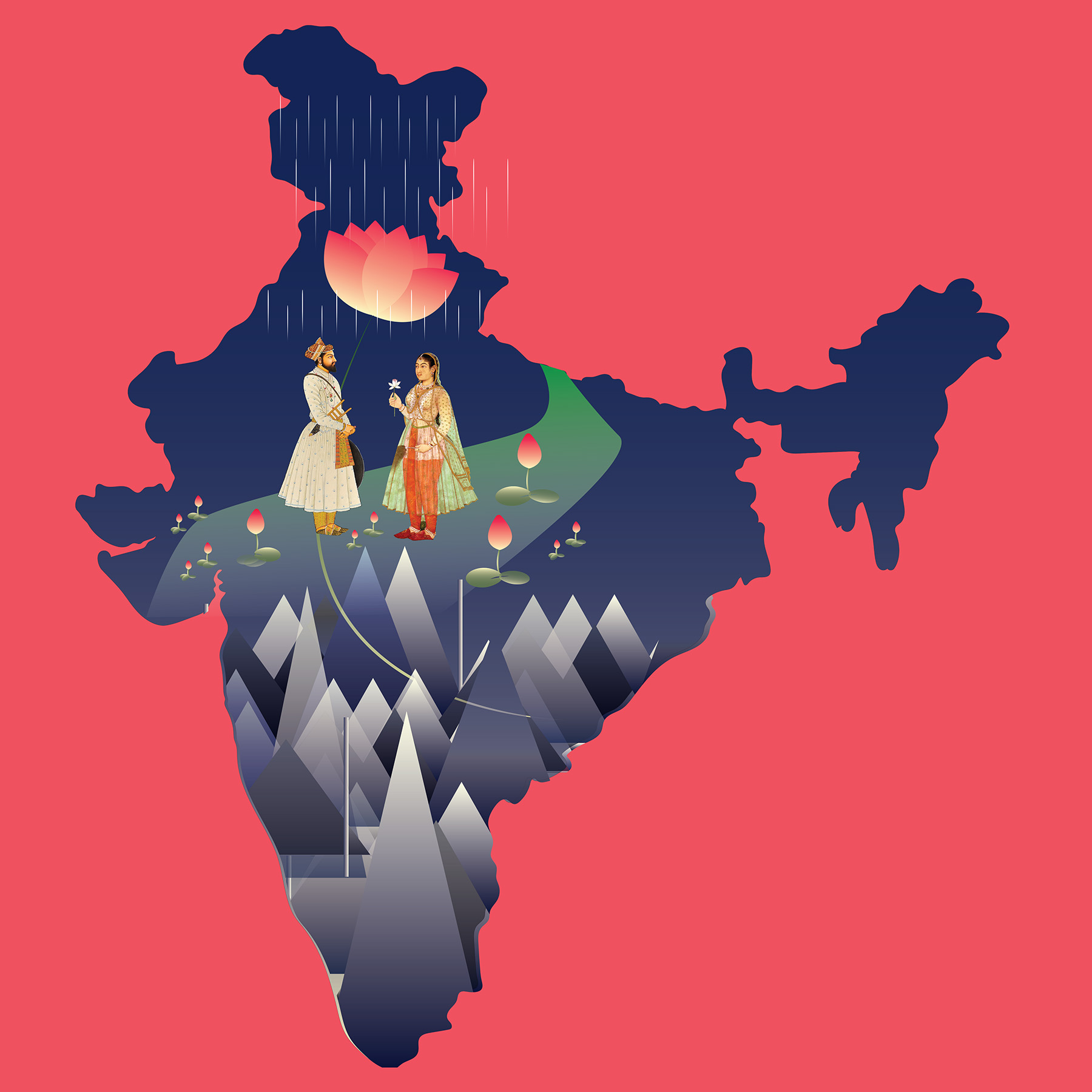
1960 | Karan Vohra
Mughal-e-azam was released in 1960 after 15 years of work, a film that showed multiple facets of Indian culture, it’s history and complexes. A national allegory, Mughal-e-Azam depicted Hindu-Muslim love in ways that were never before seen. A tolerance in religion was accompanied with class differences. The power and arrogance of Akbar is the power of a nation in front of which the private love of Anarkali is dwarfed. In it’s own way it depicts a nation in the 1960s ready to take flight, only the flight was delayed time indefinite. The persianised dialogue makes the upper class Muslims seem distinct and unique, coexisting with this dialogue is a hindu devotional song by Anarkali. Wrapped up in multiple dialects, languages, voices and tenors is the culture of India. Myriad voices reflect myriad religions, ways of life and living conditions. Mughal-e-Azam though black and white, held in it’s sounds, stories and characters the colors of India — vibrant, effervescent and yet primal. This is the theme I propose, Mughal-e-Azam in 1960s India in a flight that took it’s time.